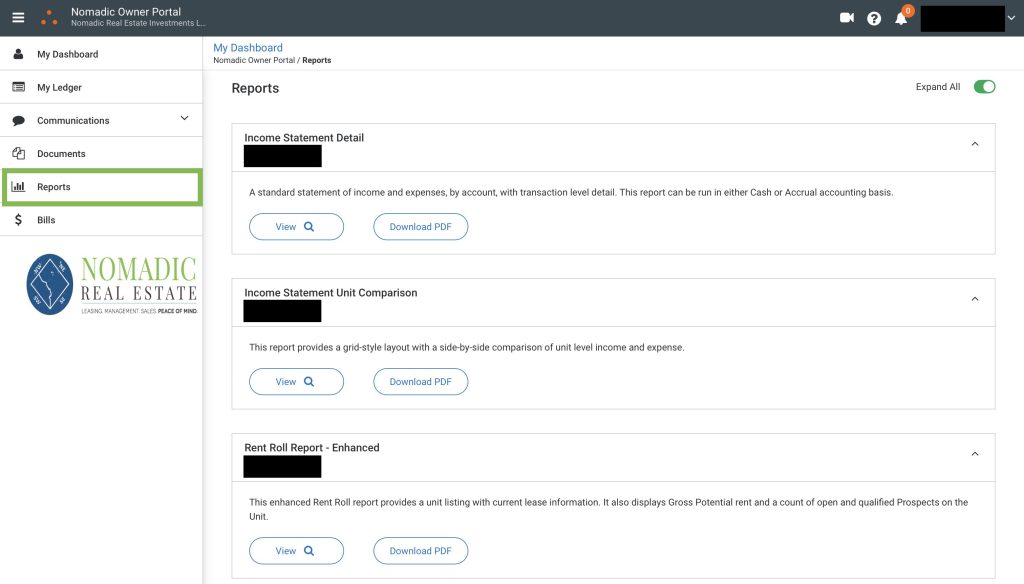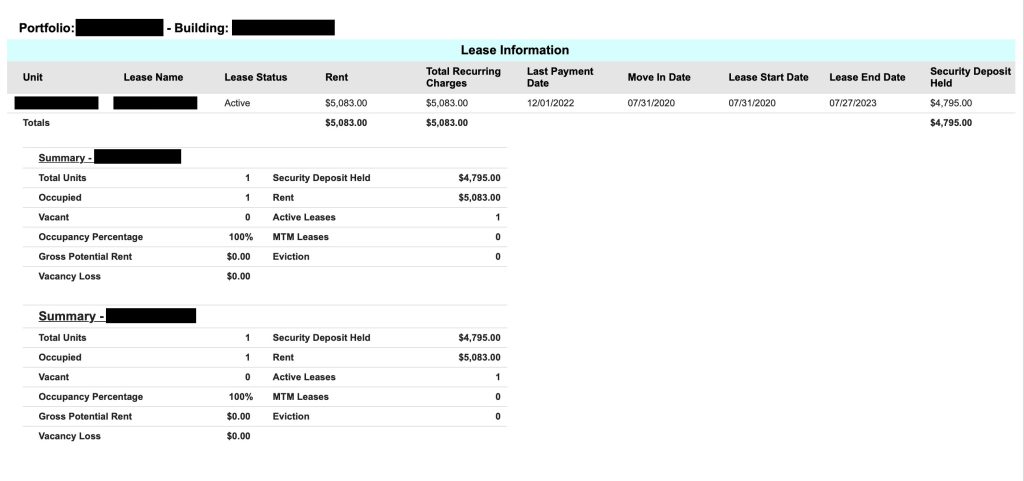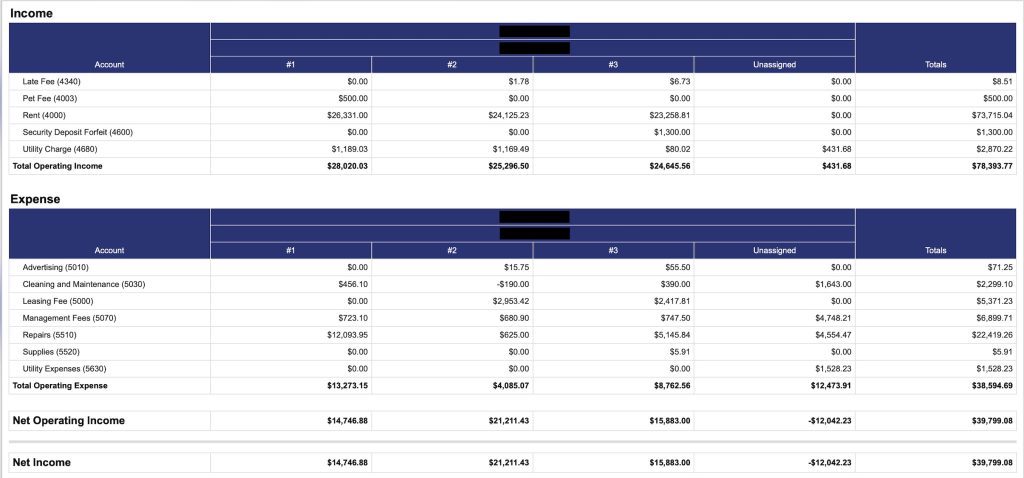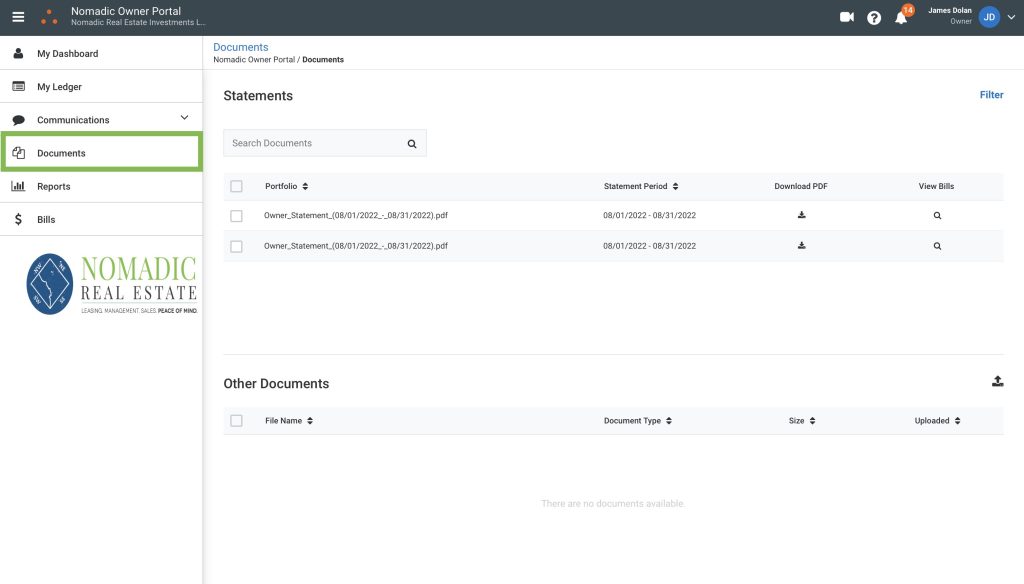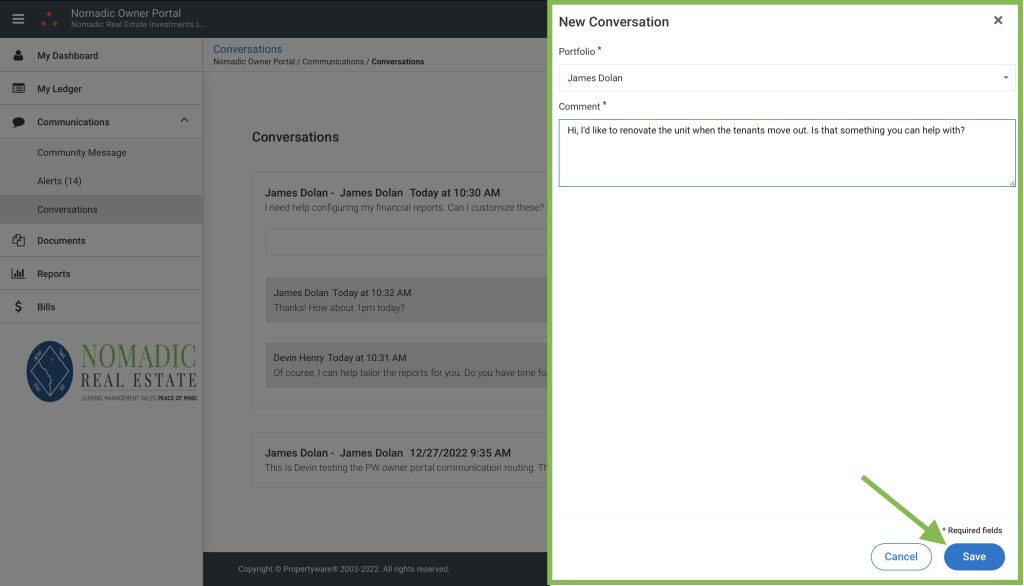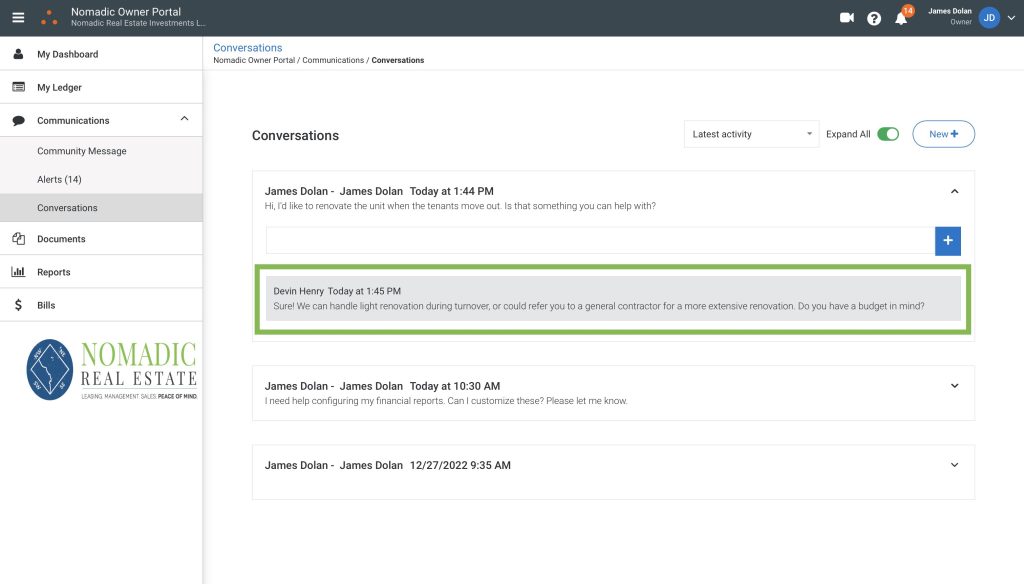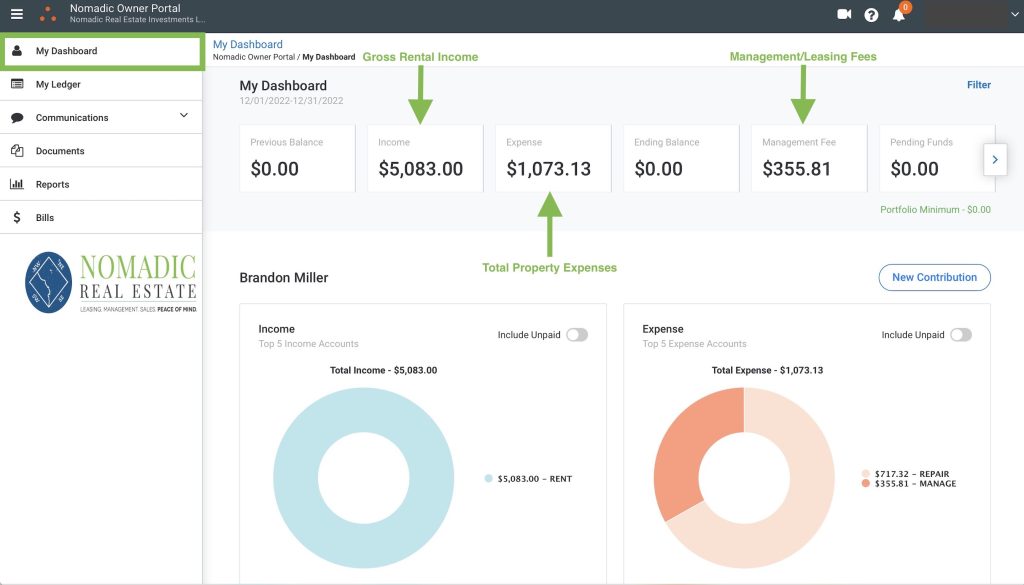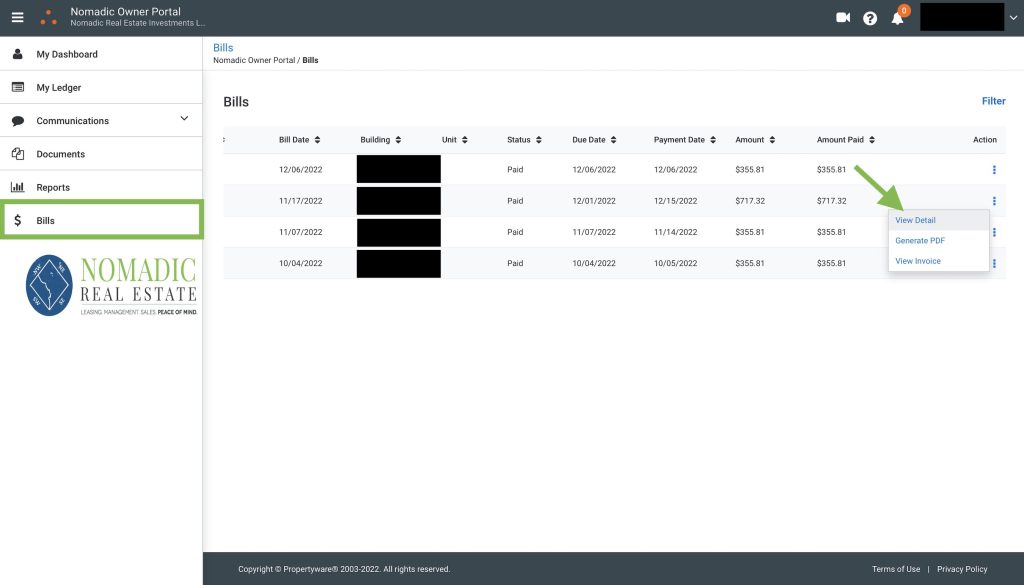The Silver Spring housing market isn’t the most expensive in the DMV area, not in comparison to Arlington or Fairfax counties (especially with Fairfax turning into Amazon’s new playground and Crystal City transforming into a new Amazon headquarters). Still, Montgomery County remains one of the richest counties in the United States, and Silver Spring itself has experienced a housing boom.
Just ask anyone who lived in downtown Silver Spring before the arrival of the Discovery building. That cute shopping center on Ellsworth? That was a fenced-in grass patch. Nowadays, downtown Silver Spring has apartment buildings cropping up left and right.
The question is: will Silver Spring’s housing boom last? And what does it mean for future home buyers and renters? Here’s what you need to know to make sense of the Silver Spring housing market going into 2020.
Understanding the Silver Spring Housing Market
The Silver Spring housing market, like the rest of Montgomery County, is highly competitive. It contributed to suburban Maryland’s bipolar housing indicators in 2018, with housing indicators in Montgomery County moving in the opposite direction of neighboring Prince George’s County. Home prices rose in both counties in August 2018, but the gap between the two remains significant.
Either way, sellers have the upper hand in Montgomery County (especially Silver Spring). It’s a seller’s market, with buyers paying 98% of the listing price and homes on the market for an average of just 17 days.
Average Home Price in Silver Spring MD
As with the rest of the DC suburbs, Silver Spring is pricey. It’s not the most expensive neighborhood in the DMV (that honor remains firmly with Georgetown, DuPont, and downtown Alexandria), but it’s not the most affordable neighborhood either.
At the moment, the median listing price in Silver Spring is $442,450. That’s actually down from a price spike in August, which went almost up to the $460K range.
If you’re new to the DMV and moving from somewhere far cheaper (like the Midwest, for example) take a deep breath. That might sound dizzyingly expensive, but for the area, it’s actually quite reasonable.
A fair number of homes are priced higher than that, between $500K and $800K (keep in mind that real estate gets more expensive as you edge toward Bethesda). Again, it’s not cheap. In fact, compared to home values in the state and nation, it’s rather high. But for the DC area, it’s par for the course.
The average rent in Silver Spring is around $1,684 for an average apartment size of 1,065 square feet (depending on apartment type). Given the DC housing market, that’s a lot of apartment space for a comparatively low price.
Prices are so high because inventory is tight. Homeowners and renters aren’t moving if they don’t have to–largely because they’re worried they won’t be able to find another property for a comparable price with similar benefits. Plus, rising housing costs often mean that people who want to downsize wind up paying more if they move.
Age and Type of Homes
Almost half of all homes in Silver Spring were built between 1940 and 1969. After that, 23.6% of homes were built between 1970 and 1999.
Here’s the catch: buyer preferences in the area are shifting.
These days, more buyers are seeking walkable neighborhoods, shorter commutes, and homes that require less renovation and maintenance. In short, they want homes that are more convenient and less expensive–better bang for their buck. The trouble is that most older houses require more maintenance.
Plus, for those who work in the District or commute in from the suburbs, homes within the Beltway loop are more attractive. Homes in car-oriented communities aren’t moving as fast among a buyer population that increasingly prefers public transportation.
In addition, the market is heavily skewed toward renters, which makes sense considering that only 37% of Millennials are buying houses. In fact, homeownership has fallen to its lowest rate in five decades.
Between incredibly high Millennial student debt and expensive real estate markets like DC, young people of the home-buying age are opting for affordable housing options (well, more affordable for the area, anyway). More than half of all homes in Silver Spring are apartment complexes, which makes sense considering that more than half of the population rents instead of buying a home.
What’s Selling and What’s Not
By and large, the Silver Spring housing market forecast is a question of supply and demand. In this case, low inventory is a self-fulfilling prophecy.
Homeowners and renters are wary of moving because they don’t think they can find a home they can afford. But when the whole market thinks this way, homes and apartments are out of circulation, keeping the market inventory low and the market firmly in favor of sellers.
In addition, extremely low mortgage rates hold homeowners back from selling. And while apartments are appearing as if by magic in downtown Silver Spring, the construction of new single-family homes has not kept up with the demand (in keeping with a nationwide trend). Most of the new construction is focused on new high-rises in downtown Silver Spring.
Good news for renters…not so much for homebuyers.
Looking for Housing in the DMV?
All told, the Silver Spring housing market is hale and healthy. And if you’re a buyer, that’s good news. But you have to know what you’re looking for and where to find it.
That’s where we come in.
We have over a decade of experience in sales and leasing. We know the DMV housing market, and we’re here to help revive the housing market in favor of buyers like you.
Want to find out what makes our approach unique? Click here to learn more about how we can help you find, buy, sell, or manage the perfect property in the DC area.










